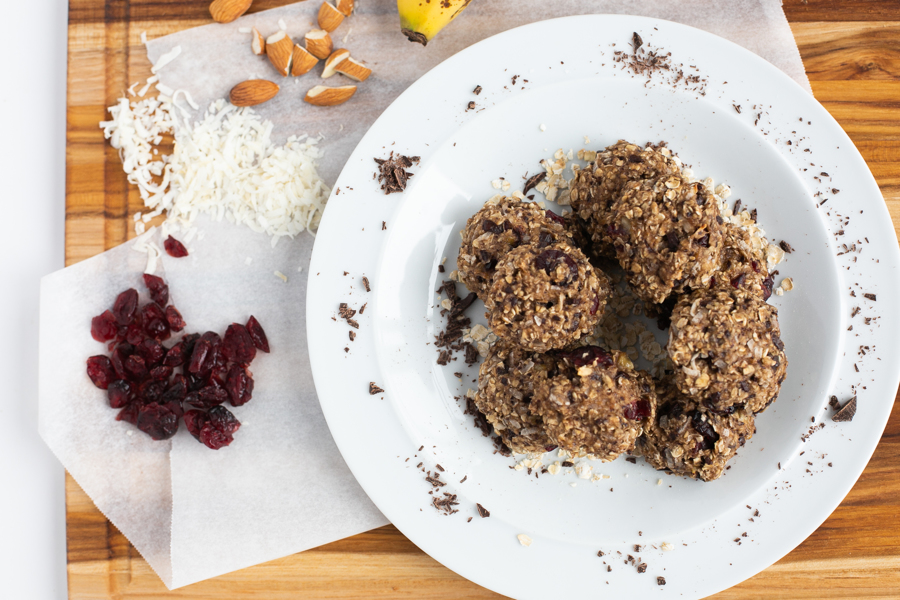
by Stephanie Margolis, R.D.
Between work, school, sports, and more we often find ourselves snacking throughout the day. Snacking can be great, but it can also lead to empty calories or eating for the wrong reasons (ie: boredom, emotions, etc). When purchasing and preparing snacks for your home there are a few things to keep in mind to keep it all in balance.
The Formula for Snacking
Here are some tried and true ways to make sure you are fueling you and your kids healthfully.
- You don’t have to stop snacking. That’s right, the goal isn’t to cut yourself off completely. Snacking can be helpful to avoid getting overly hungry before your next meal. However, if you find that things are getting out of control, for you or your kids, set a few parameters. Setting regular snack times and communicating those to everyone in the family.
- Special note for kids: The advice above rings true to both adults and kids but when it comes to providing snacks for your kids consider creating a snack bin. Place all the snacks YOU feel good about offering and THEY get to choose. This allows them control over their choices (with parameters).
- Drink lots of water. If you’ve been sitting at the computer working away and find yourself thinking of food, take a moment to pause and decide if this is head hunger or real hunger. Is your brain just telling you those chips are what you need or is your stomach growling and your body needs fuel? If you aren’t sure, allow yourself only raw fruits and veggies. If you’re really hungry then you’ll eat anything, but if you decide you’re not that excited about those carrot then it’s likely you were just head hungry. This also works for kids, when our kids complain they are “staaarrrrving” and they’ve just had a meal or snack they are offered fresh produce.
- Eat everything on a plate and away from a screen. When you grab foods straight from the bag or eat as you scroll, you are more likely to over-eat. This can be a hard habit to break so put some barriers in place. First, break those Costco-sized bags into smaller containers or bags. Ideally you can put them into snack bags creating individual servings, but it also works in smaller clear containers. Either tactic gives you the visual of how much you’ve eaten. This same philosophy applies to eating everything off a plate, your brain sees what you are eating and helps you connect that food with your fullness.
- Know your weaknesses. You know those foods you just can’t stop. They feel like a treat in the moment, but you always overdo it on them. This is a time to look at those foods and either hide them or don’t buy them. Your brain is consumed with so many thoughts and it takes energy. Another thing that takes energy is will-power so make it a little easier on yourself and keep those yummy things out of sight and out of mind. Do you often crave sweets and carbohydrates? Read this article on controlling your blood sugar.
- Power in Pairing: Your meals should have carbs, protein, and fats and the same applies to snacks. This could look like flaxseed crackers with string cheese, yogurt, or sliced avocado with hard boiled egg and whole wheat toast. These are just ideas but you can do anything. **There are foods that are considered combination foods such as yogurt, dairy, and beans that will not require an additional protein source to help balance your intake.
Where Do I Start?
Make those goals small. Right now, your focus can be on the smallest things that feel easy. Start with the easiest thing you’ve read here and start it tomorrow. Make the list, find a bin. Whatever it is do it. Once you do that, onto the next small goal… and so on.
So, I have a habit of recipe collecting …
Fantastic! Find those recipes, print them off, and make them (something I’m even guilty of not doing). Keep what you will eat in the next 1-2 days, then place the rest in a freezer-safe bag. This is a great way to spread out the snacks and allows you to defrost just one or two at a time.
Here are a few of our favorite snack recipes:

